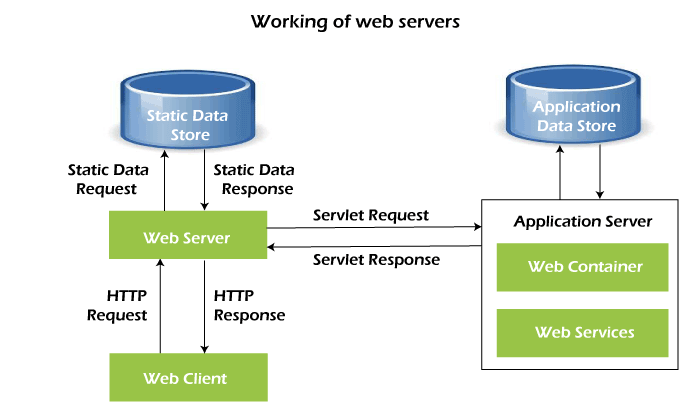
Since filtering is pretty hard to do right (like crypto), what I usually advise is to rely on your framework’s filtering functions: they are proven to work and are thoroughly scrutinized. This is called Second Order SQL Injection in case you’re interested. And you might think that putting an SQL query result into another query is a good idea, as the database is trusted, but if the perimeter is not, the input comes indirectly from guys with malintent. In a system with 1,000 inputs, for example, successfully filtering 999 of them is not sufficient, as this still leaves one field that can serve as the Achilles heal to bring down your system. But the bad news is that all input needs to be properly filtered, unless it can unquestionably be trusted (but the saying “never say never” does come to mind here). Prevention: The good news is that protecting against injection is “simply” a matter of filtering your input properly and thinking about whether an input can be trusted.
#Android web server protection software
Antivirus software products typically provide stellar examples of failing blacklists. You should almost never use a blacklist, as getting that right is very hard and usually easy to bypass. The problem here is that the attacker can inject commands to these entities, resulting in loss of data and hijacking clients’ browsers.Īnything that your application receives from untrusted sources must be filtered, preferably according to a whitelist. It can happen when you pass unfiltered data to the SQL server (SQL injection), to the browser (XSS – we’ll talk about this later), to the LDAP server (LDAP injection), or anywhere else.

Injection flaws result from a classic failure to filter untrusted input. With this in mind, let’s get into the top 10 internet security issues.Ĭommon Web Security Mistake #1: Injection flaws Stated another way, authentication is knowing who an entity is, while authorization is knowing what a given entity can do.

And of course, the fact the abbreviation auth is often used for both helps aggravate this common confusion. When speaking with other programmers and IT professionals, I often encounter confusion regarding the distinction between authorization and authentication. The focus is on the Top 10 Web Vulnerabilities identified by the Open Web Application Security Project (OWASP), an international, non-profit organization whose goal is to improve software security across the globe.Ī little cyber security primer before we start – authentication and authorization In particular, this guide focuses on 10 common and significant web security pitfalls to be aware of, including recommendations on how they can be mitigated. Toward that end, this post is aimed at sparking a security mindset, hopefully injecting the reader with a healthy dose of paranoia. During my years working as an IT Security professional, I have seen time and time again how obscure the world of web development security issues can be to so many of my fellow programmers.Īn effective approach to web security threats must, by definition, be proactive and defensive.

For all too many companies, it’s not until after a security breach has occurred that web security best practices become a priority.


 0 kommentar(er)
0 kommentar(er)
